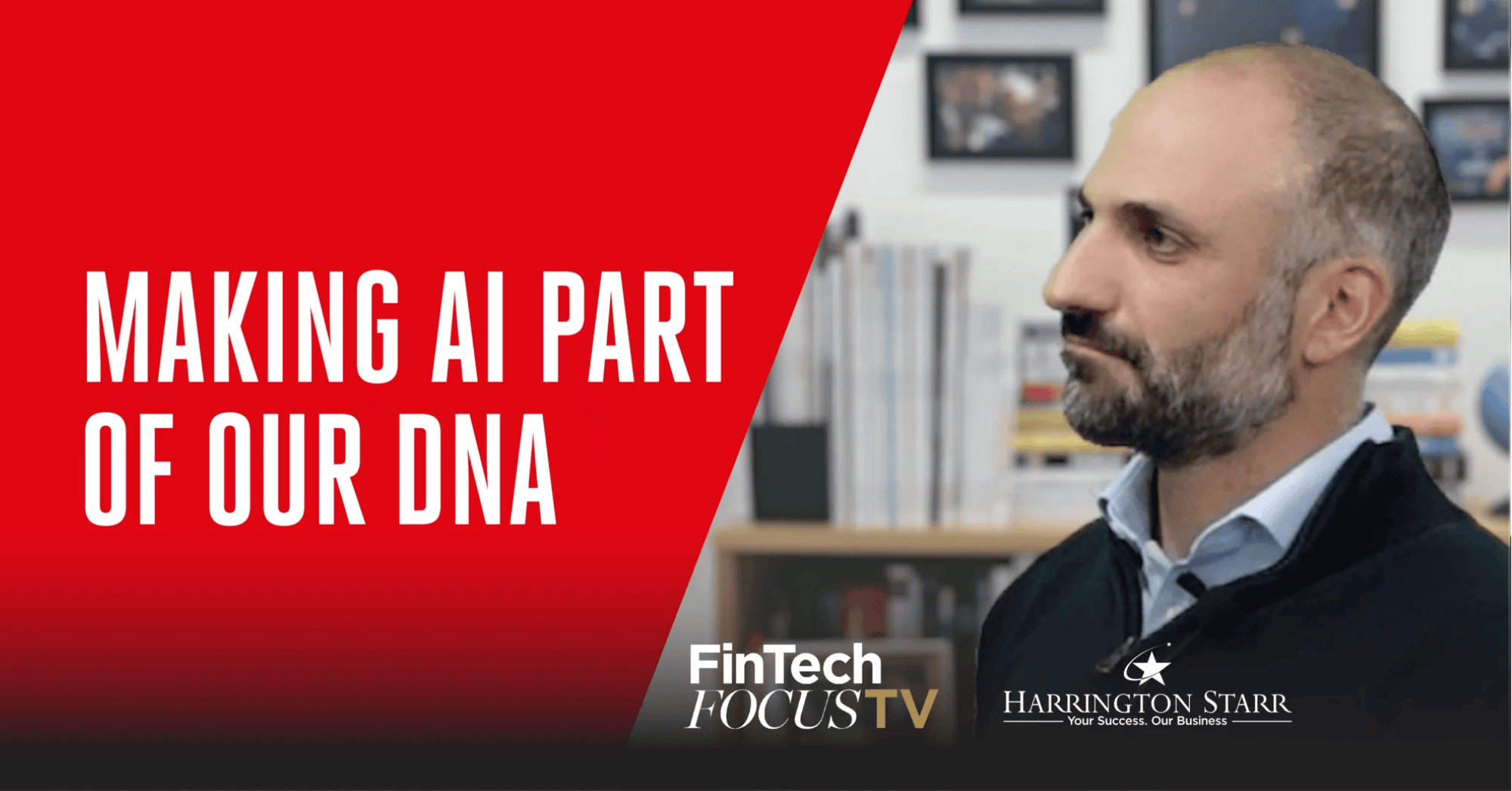This is the 3rd edition of our industry newsletter with musings, observations and ideas regarding the challenges and opportunities facing market data management leaders.

Everyone has access to the same generative AI (GenAI) technology. And companies worldwide are racing to build their own AI tools, either in-house or through vendor partners. So, what sets apart the firms that are actually getting results from their AI builds?
Here’s one secret: they’ve put their own AI tools on a strict diet.
Why? Because they know that more data doesn’t always mean better outputs.
💡 Quick Explainer: AI is powered by something called a large language model (LLM) – a system trained on huge amounts of general information. But these models don’t know anything about your company. To make AI useful, you need to add your own knowledge. This is the data diet!
Myth: more data = better AI
One of the biggest misconceptions in AI is that volume equals value. Throw in enough data and, surely, it’ll sort itself out?
Wrong. If you’re building AI tools for your business, overfeeding your AI just bloats the system with noise. The result? Generic, fuzzy, often unusable responses.
Smart AI isn’t about bulk. It’s about nutrient-rich, curated inputs – clean, specific, purpose-built data that helps AI focus.
For example, an AI assistant our product team built for our internal use runs on just 200KB of carefully selected source content to augment the LLM knowledge.
That’s not a typo. While we were tempted to let our early prototypes gorge on gigabytes of content, we’re getting better results from something closer to a healthy snack. In choosing what to use to feed (i.e., enrich) the AI tool, we didn’t use every single asset at our command. (Trust us, we were tempted!)
Instead, we cherry-picked those that had the most current content, the most accurate and current data, and were most reflective of where our business is heading. By doing that, our employees benefit from more reliable and usable answers.,
So, what’s the recipe for an AI assistant that performs?
1. Start with the use case, not the buffet
Before you even think about data, define what you want your AI assistant to do. The most effective AI assistants are single-purpose specialists, not all-you-can-eat generalists.
Give it one clear job – like reviewing contracts or pulling key sales insights – and it will deliver. Feed it a vague goal like “help us with stuff” and it’ll just wander around aimlessly.
For example, if you want to build an AI assistant to help your sales team respond to RFPs (requests for proposal), don’t feed it every piece of content your business ever created. Instead, pick a select group of your most effective RFP responses and seed your AI LLM with that content.
Broad roles lead to bloated performance. Specific goals lead to svelte, effective results that move the needle.
2. Only feed AI what AI needs
Once you know the job, tailor the data like a meal plan. Just the essentials. No filler.
LLMs are trained on massive datasets, but your AI assistant will perform better with smaller, highly curated inputs. Think a supermarket sweep raid versus hand-picked ingredients.
3. Make it digestible
Even the healthiest ingredients won’t help if the AI assistant can’t process them.
Prepare your data so it’s easy to consume. Clean structure. Standardized labels. That’s how you turn good content into usable fuel.
4. Don’t skip the human nutritionist (in this case, the data steward or stewards)
Your AI assistant needs ongoing supervision, and that’s where your data stewards come in. They’re the nutritionists who keep things balanced, effective and bias free.
With humans in the loop, you can course correct quickly, refine what’s going in and make sure what’s coming out actually makes sense.
Leave the AI assistant to its own devices, and it’ll develop bad habits fast. It needs active, thoughtful oversight. Not a one-time setup and a good luck.
In our case, we have a small, cross-functional group of folks who closely monitor the outputs of our internal AI assistants and tell them when they’re wrong and how to fix their answers.
5. Keep tuning the plan
AI assistant isn’t a set-it-and-forget-it machine. It’s a system that needs to evolve, just like a diet plan does.
As business goals shift, regulations change or new questions emerge, your AI’s inputs and logic need to keep pace. What worked yesterday might not be enough tomorrow.
Regular check-ins. Continuous refinement. That's how you stay fit for purpose.
Final thought: Better data, better performance
The AI model isn’t your differentiator. Your data strategy is.
The firms getting real results are the ones treating data like nutrition – carefully selected, expertly prepared and tailored to the task at hand.
So, if you’re building AI assistants and they’re feeling bloated, sluggish or off track… maybe it’s time to pause and rethink what you’re feeding them.
Tune in to David Anderson's Talking Market Data Podcast
David Anderson, FIA has launched his Talking Market Data podcast to break down what’s truly top of mind for market data professionals. Be sure to check it out as he speaks with a wide range of experts on what's shaping the industry right now and what the future may hold. In one of his recent episodes, he kindly invited our CEO, Leigh Walters, to address several burning topics. Among them:
- Why your 13% budget shortfall isn’t going away, and what to do about it
- Are you sitting on untapped savings (and more importantly, value)?
- Usage management as the next frontier
- AI is coming for your admin – but not how you think
- Outsourcing isn’t a dirty word anymore
- Standardization won’t save you. But smart taxonomy might
🎧 Missed the episode? We’ve got the highlights for you.





